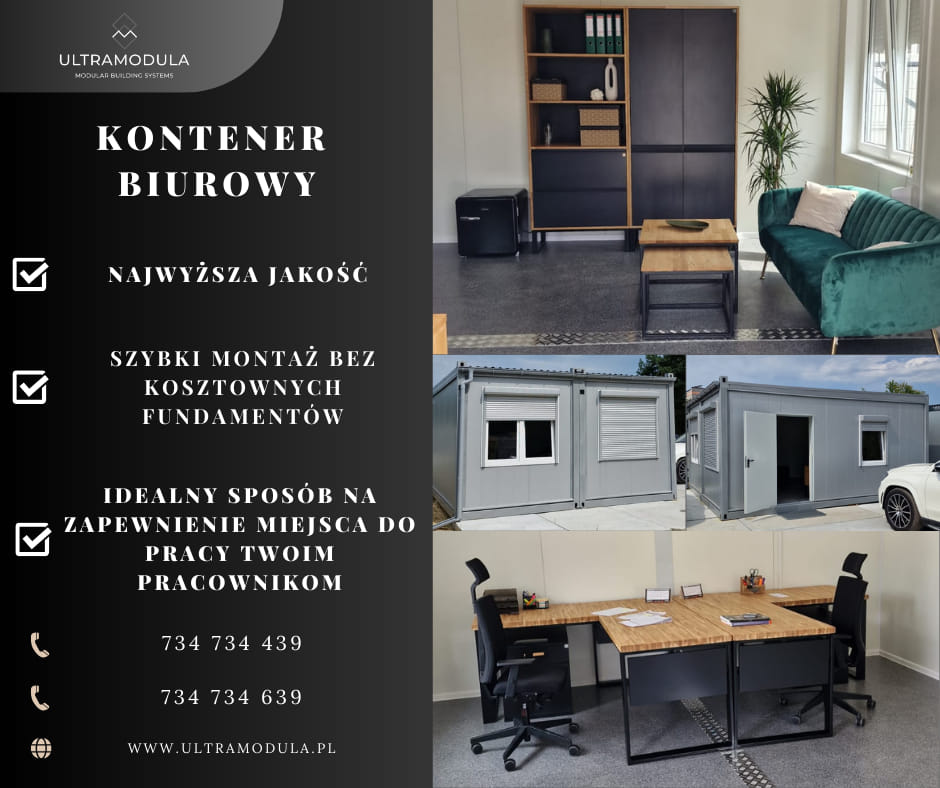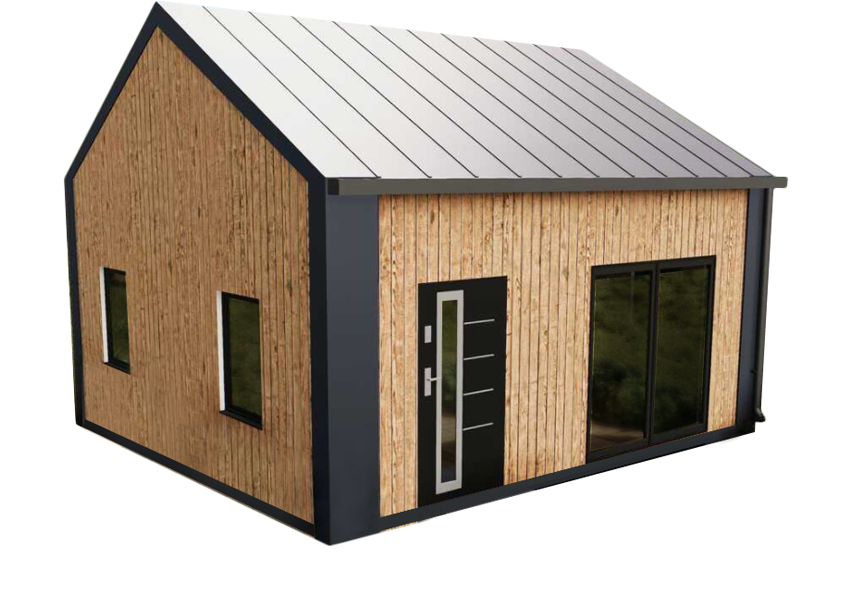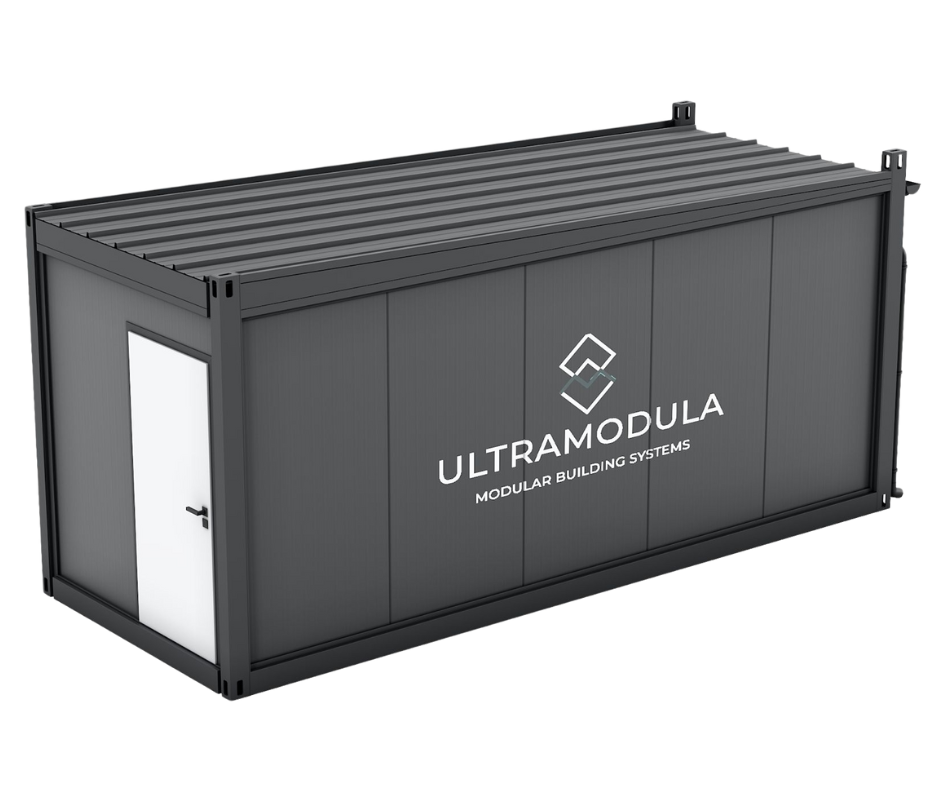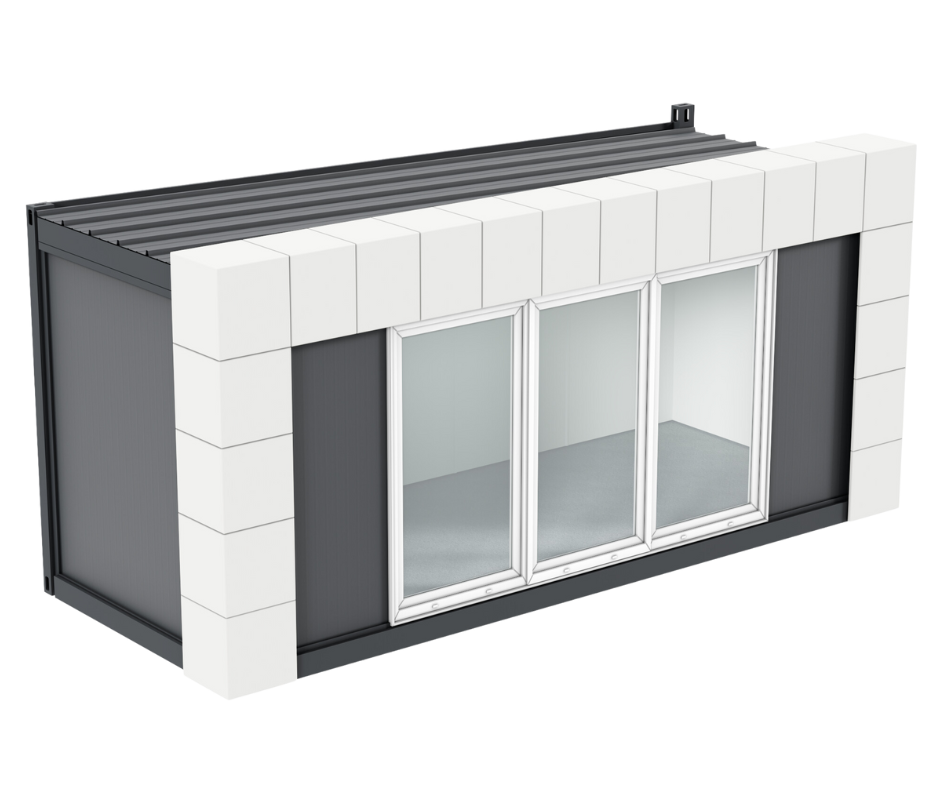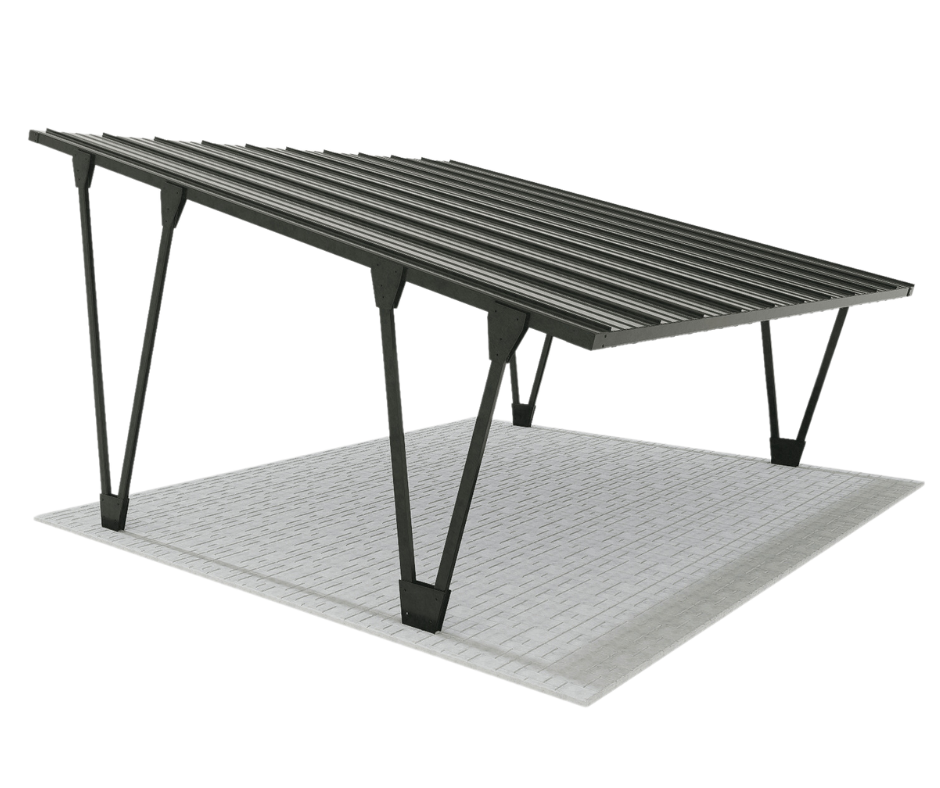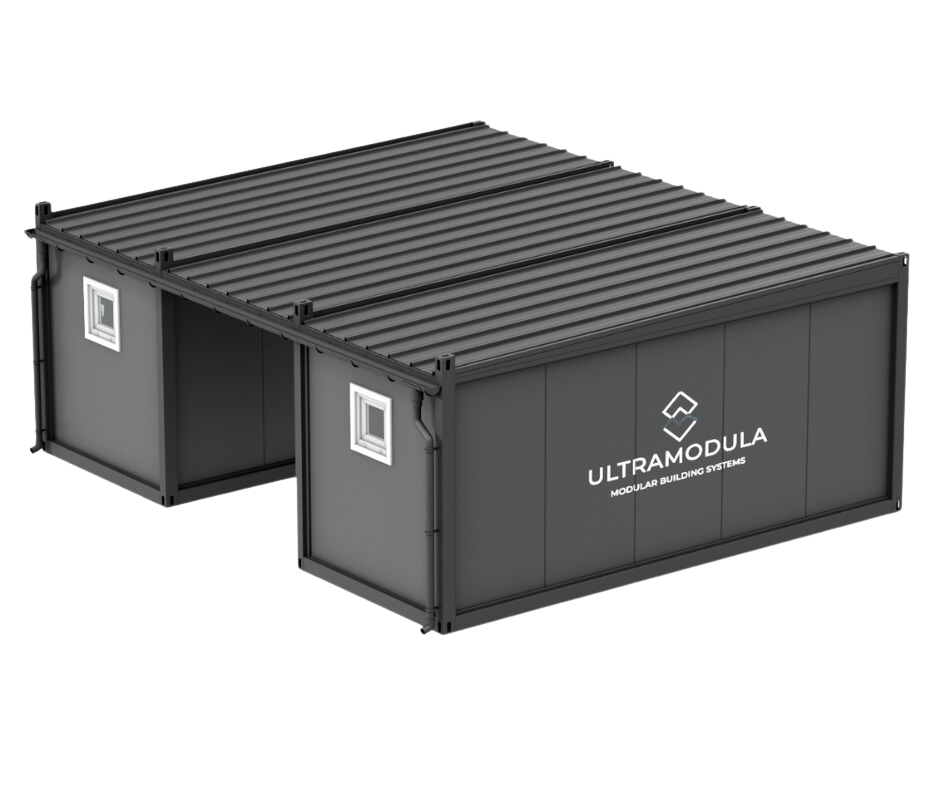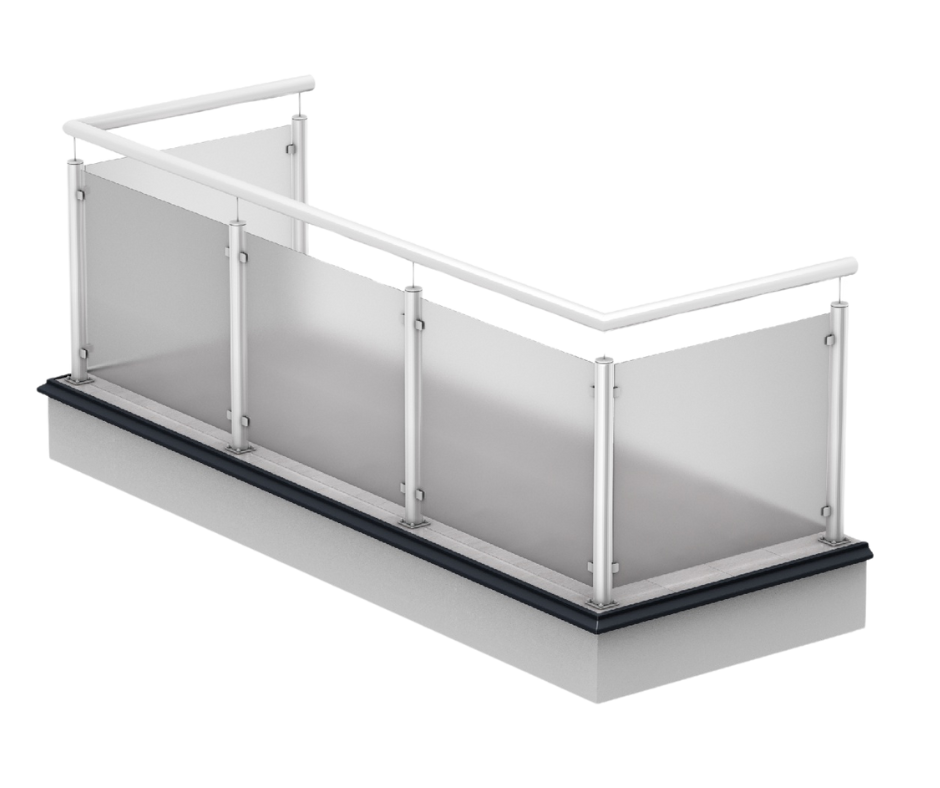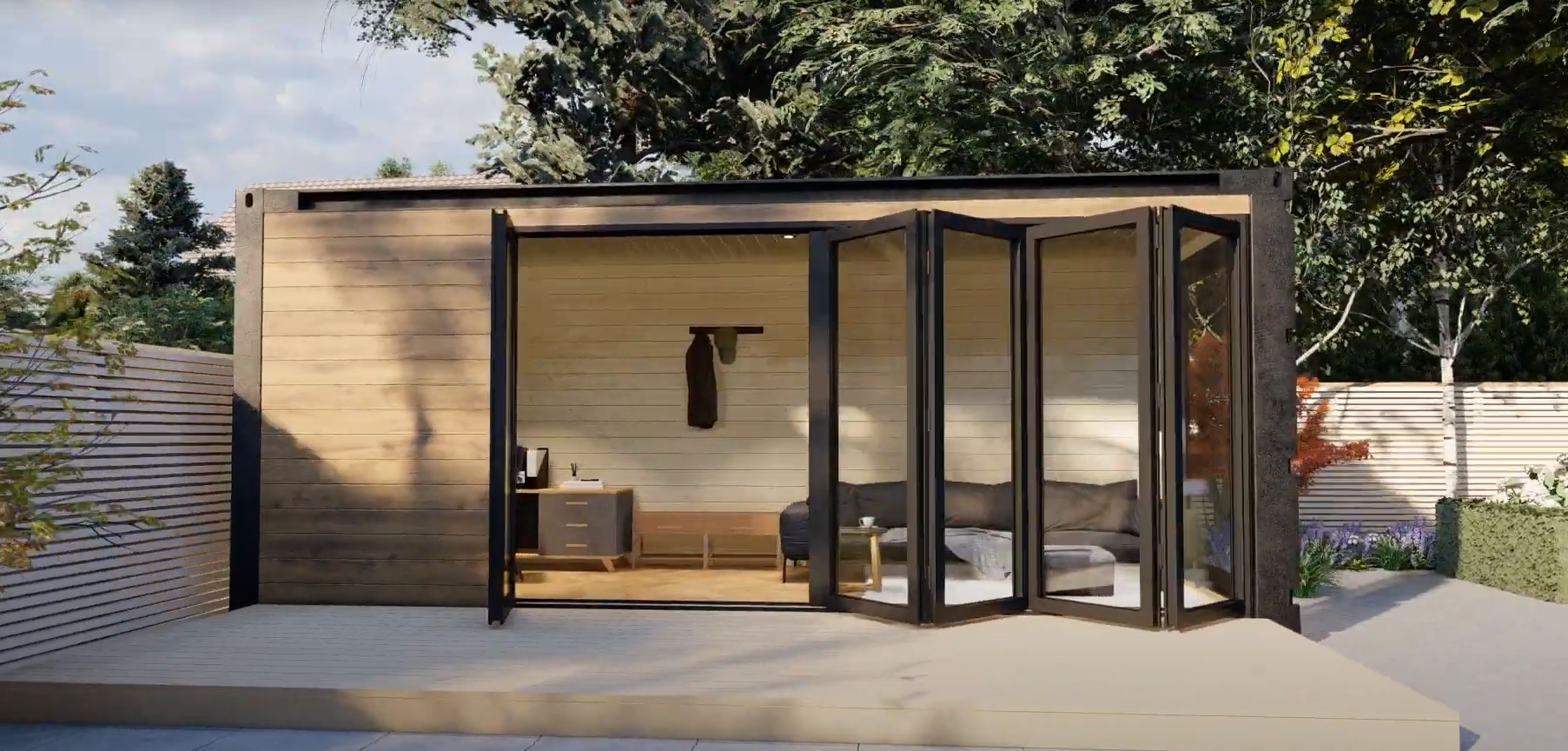Research conducted several years ago by Dale Office Interiors shows that more than one fifth of young people (aged 18-34) will reject a potential employer because of an outdated or uninspiring design. offices. The most important elements expected in office spaces are:
- presence of relaxation areas (34,9% of respondents),
- open layout with spaces for team work (24,4% of respondents),
- access to exercise equipment (16,3% of respondents),
- access to recreational facilities (14,2%),
- hot-desking, i.e. the ability to work in various places in the world office – lack of a permanent desk (8,5%).
As you can see, differently understood and equipped relaxation and recreation spaces are crucial for employees. Designing offices container, you also need to remember this.
Why is it worth planning relaxation and rest spaces in container offices?
In addition to the above-mentioned research and the issue of acquiring talent for the organization, there are also other important reasons why it is worth taking care of functional relaxation spaces in every office, including container ones.
First: health
Properly designed relaxation spaces have a positive impact on employees' mental health. The modern way of working, as well as the general fast pace of life, require constant full concentration and commitment, which may lead to excessive stress. Creating places where you can break away from your duties for a while, rest and cut yourself off from stimuli is crucial to maintaining mental health. This, in turn, translates into fewer sick days, including those related to common colds, because long-term stress weakens the body's immunity.
Second: motivation
Research on work psychology clearly shows that employees who can freely use space for relaxation on a daily basis are more motivated to perform their duties. Short breaks and moments of relaxation allow you to reset your mind, resulting in increased productivity and creativity.
Third: the strength of the team
Introducing relaxation spaces to offices container plays an important role in building a positive atmosphere in the team. Such places not only fulfill a relaxation function, but also become meeting points where employees can freely exchange ideas and integrate. Informal meetings help build trust, openness and better communication between team members. This reduces the communication barrier, which may in turn translate into effective cooperation within formal projects and may lead to the creation of innovative ideas.
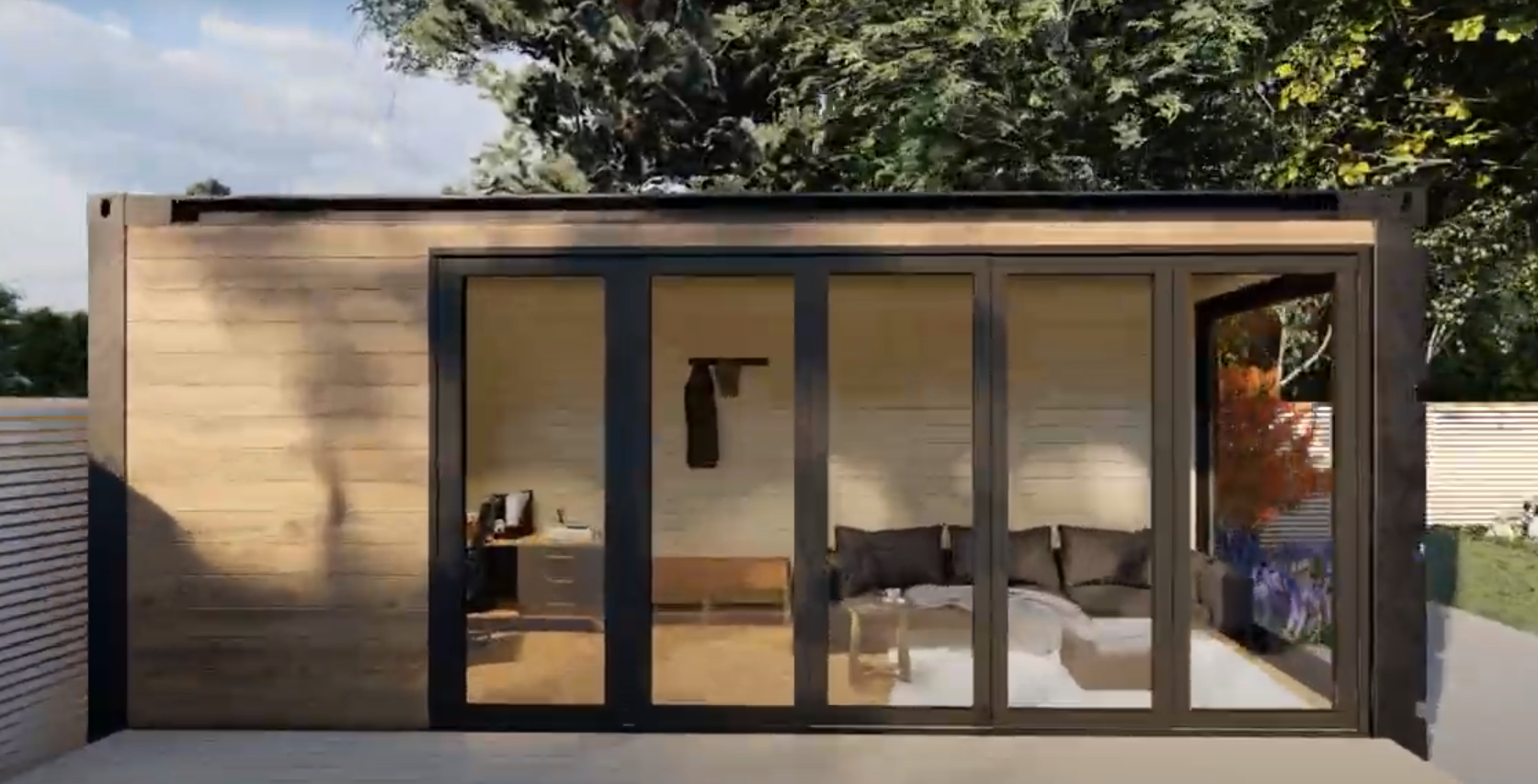
6 stages of designing a recreation space
Planning a comfortable place to relax for employees is a process that requires a holistic approach, taking into account both practical and aesthetic aspects. There is a need not only to properly use the available space, but also to understand the needs and expectations of employees.
Stage 1: Analysis of space and employee needs
Designing relaxation and rest spaces in container offices should start with a thorough analysis of the available space and understanding the needs of employees in this area. A good tool may be an anonymous survey that will allow you to obtain information about preferences and expectations. It is worth considering the type of activities employees undertake during breaks to adapt the spatial plan to this. Due to the somewhat limited space in container offices, the analysis stage is crucial so as not to overestimate the necessary space for relaxation areas that will not be optimally used later.
Stage 2: Space optimization
After determining the size of the space that will be allocated to the relaxation area, you should pay attention to its most effective use. The relaxation space must be fully functional, but at the same time not take up too much space. The use of multifunctional space and clever arrangement of furniture are the key to achieving this goal.
Stage 3: Selection of ergonomic furniture
Ergonomics plays a key role in the design of relaxation spaces. The selection of appropriate furniture, such as ergonomic armchairs, sofas or tables, affects the comfort of employees and, therefore, their willingness to use relaxation areas. If they are not really comfortable, they will not become an attractive alternative to meetings in the corridor or kitchen. In addition, ergonomic solutions support the physical health of employees, which in turn translates into increased work efficiency.
Stage 4: Adding good lighting and complementary elements
Relaxation spaces in container offices should be places that promote relaxation and regeneration. Supplementing them with natural elements, such as plants or natural materials, will help create a cozy and comfortable atmosphere. Appropriate lighting is also important - natural light is of course the best, but if you don't have access to it, it is worth investing in LED lighting of the appropriate color. This solution is not only good for the well-being of employees and the health of their eyes, but also energy-saving.
Stage 5: Technology integration
In relaxation spaces, access to Wi-Fi, USB sockets or even intelligent lighting management systems is essential for the comfort of employees. It significantly improves the functionality of these places, enabling employees to freely use electronic devices or organize online meetings in a cozy atmosphere.
Stage 6: Verification of implemented solutions
After completing the design of the relaxation space and its first period of use, it is worth collecting employees' opinions about it and then adjusting those elements that require replacement. Constant monitoring and optimization of the relaxation space are important to maintain its attractiveness and, therefore, its importance for the effectiveness of daily work.
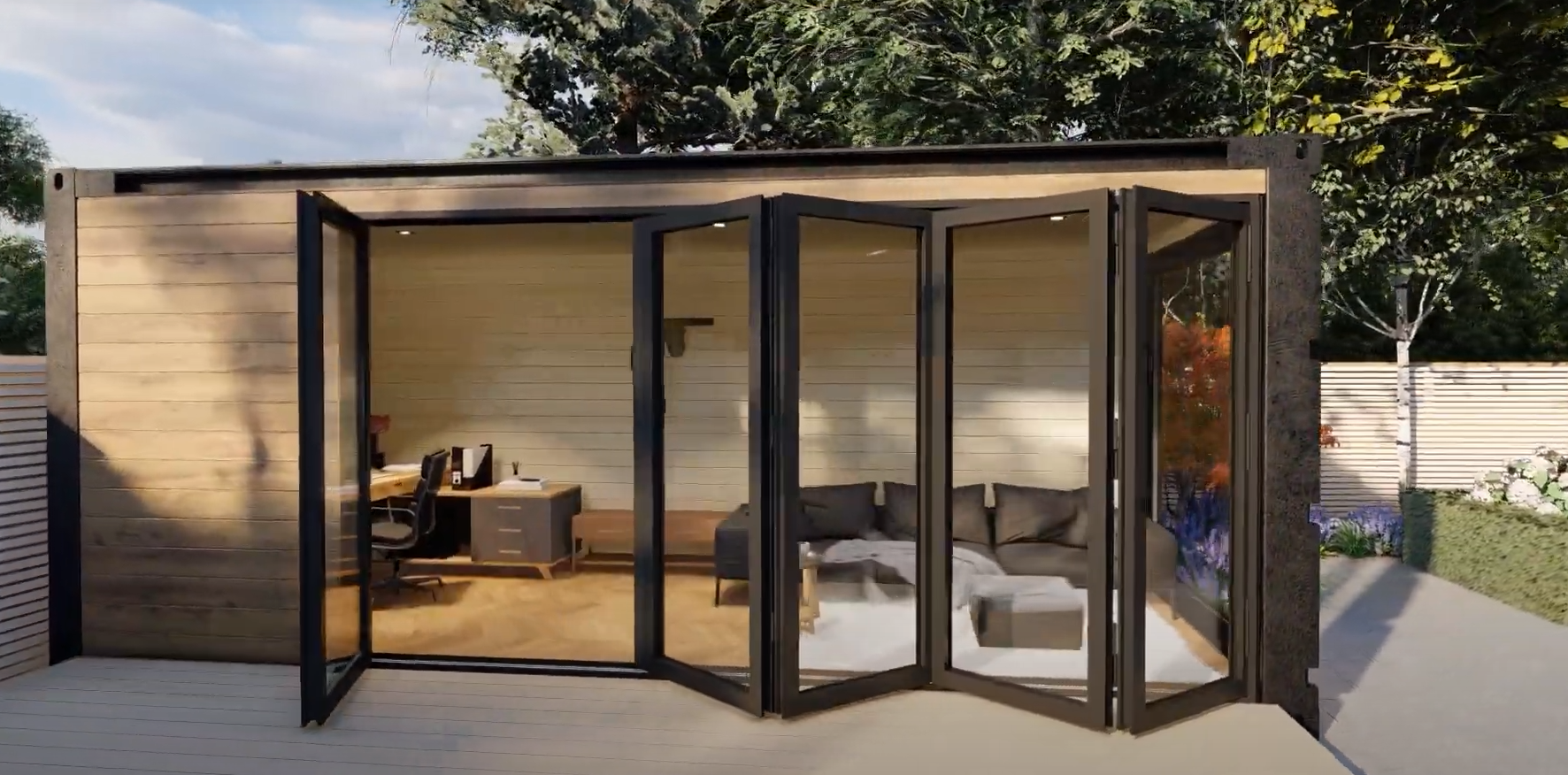
What furniture and interior design solutions will work well in relaxation spaces in container offices?
When looking for the best elements of equipment for a relaxation area, you should first of all remember the role that such places play in the daily routine of employees - they are supposed to be a space where employees can regenerate and break away from their duties. Therefore, the most important thing is comfort. Therefore, armchairs and sofas should not only look great, but also be ergonomic, supporting correct body posture. They must encourage you to "sit down" on them, giving you a moment of comfortable relaxation. A good choice are pouffes that fit every person, regardless of height or body posture.
If the relaxation area is not large and is additionally assigned the function of a meeting place, it is worth investing in furniture multifunctional and modular. Solutions such as foldable tables whose working surface can be increased if necessary, or pouffes with built-in storage, are an excellent answer to the needs of small relaxation areas. Thanks to this, when the place is used as a meeting space, the furniture can be easily rearranged. Modular furniture, on the other hand, is a solution that gives users the freedom to shape the space. Cabinets, tables and even seats can be adapted and arranged depending on current activities, such as meetings, presentations or creative sessions.
A valuable addition to relaxation and rest spaces, as well as entire spaces container offices there is greenery. Potted plants, moss walls, plant walls... all of them have a function that goes far beyond just decorative elements. One of the key aspects that make plants an invaluable addition to a relaxation area is their ability to improve air quality. Plants, through the process of photosynthesis, absorb carbon dioxide and other harmful substances while releasing oxygen. Moreover, staying in places with a lot of natural greenery has a positive effect on your well-being.
Team integration and silence in the relaxation area in a container office
In the context of designing relaxation and rest spaces in container offices, their acoustics and ensuring privacy are important elements in creating a comfortable atmosphere. Although these places are intended to encourage employee integration, it is also crucial to create a space that allows for rest in silence, without additional stimuli.
Employees often need some alone time, especially in a busy office environment. Therefore, you should pay special attention to the acoustics of the relaxation area. The use of sound-absorbing materials and the optimal arrangement of furniture help create a peaceful oasis, even in a small space container office. Privacy is key here, so it is worth using some "tricks" to separate the rest areas from the rest of the office. Tall potted plants, free-standing, mobile sound-absorbing panels or shelves can act as walls without taking up so many valuable square meters of space.
Being aware of how well-designed relaxation spaces can influence employee engagement as well as the company's image in the eyes of job candidates, such places are no longer treated as a fashionable addition to a functional office. Relaxation zones are an integral part of the design of every office, including container, offering employees a place that promotes creativity, regeneration and team bonding. A reliable analysis of needs and equipping such a space with ergonomic, comfortable furniture and accessories is a long-term investment in the health and well-being of employees, which in turn translates into the efficiency of everyday work.
